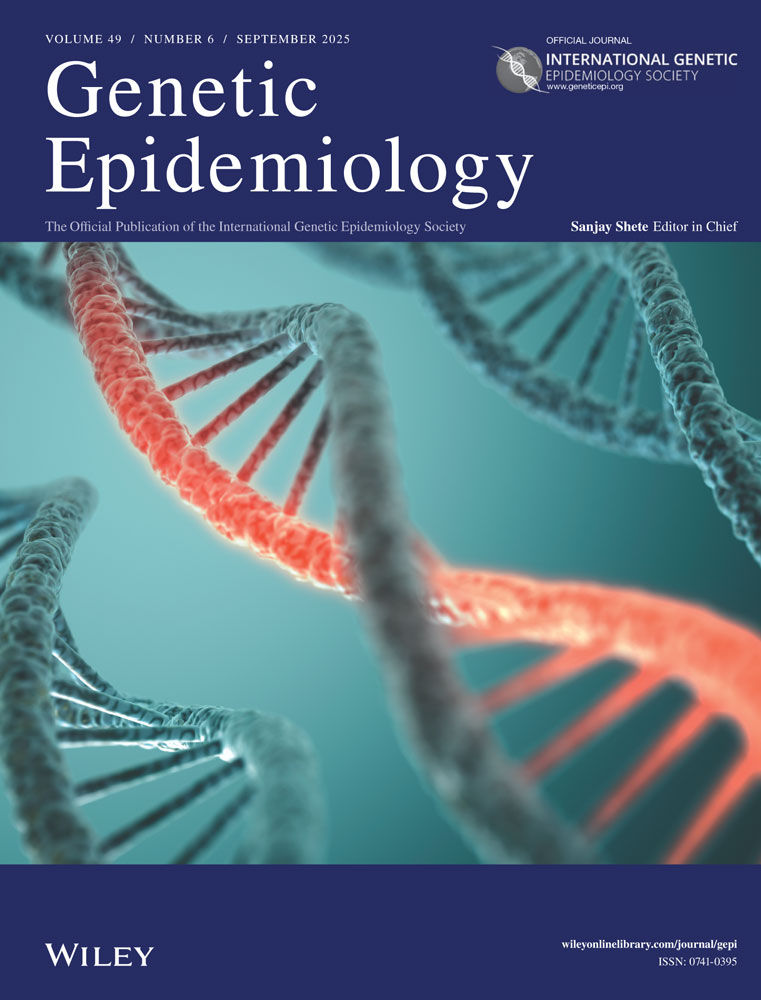A score for Bayesian genome screening
Abstract
Bayesian Monte Carlo Markov chain (MCMC) techniques have shown promise in dissecting complex genetic traits. The methods introduced by Heath ([1997], Am. J. Hum. Genet. 61:748–760), and implemented in the program Loki, have been able to localize genes for complex traits in both real and simulated data sets. Loki estimates the posterior probability of quantitative trait loci (QTL) at locations on a chromosome in an iterative MCMC process. Unfortunately, interpretation of the results and assessment of their significance have been difficult. Here, we introduce a score, the log of the posterior placement probability ratio (LOP), for assessing oligogenic QTL detection and localization. The LOP is the log of the posterior probability of linkage to the real chromosome divided by the posterior probability of linkage to an unlinked pseudochromosome, with marker informativeness similar to the marker data on the real chromosome. Since the LOP cannot be calculated exactly, we estimate it in simultaneous MCMC on both real and pseudochromosomes. We investigate empirically the distributional properties of the LOP in the presence and absence of trait genes. The LOP is not subject to trait model misspecification in the way a lod score may be, and we show that the LOP can detect linkage for loci of small effect when the lod score cannot. We show how, in the absence of linkage, an empirical distribution of the LOP may be estimated by simulation and used to provide an assessment of linkage detection significance. Genet Epidemiol 24:181–190, 2003. © 2003 Wiley-Liss, Inc.




